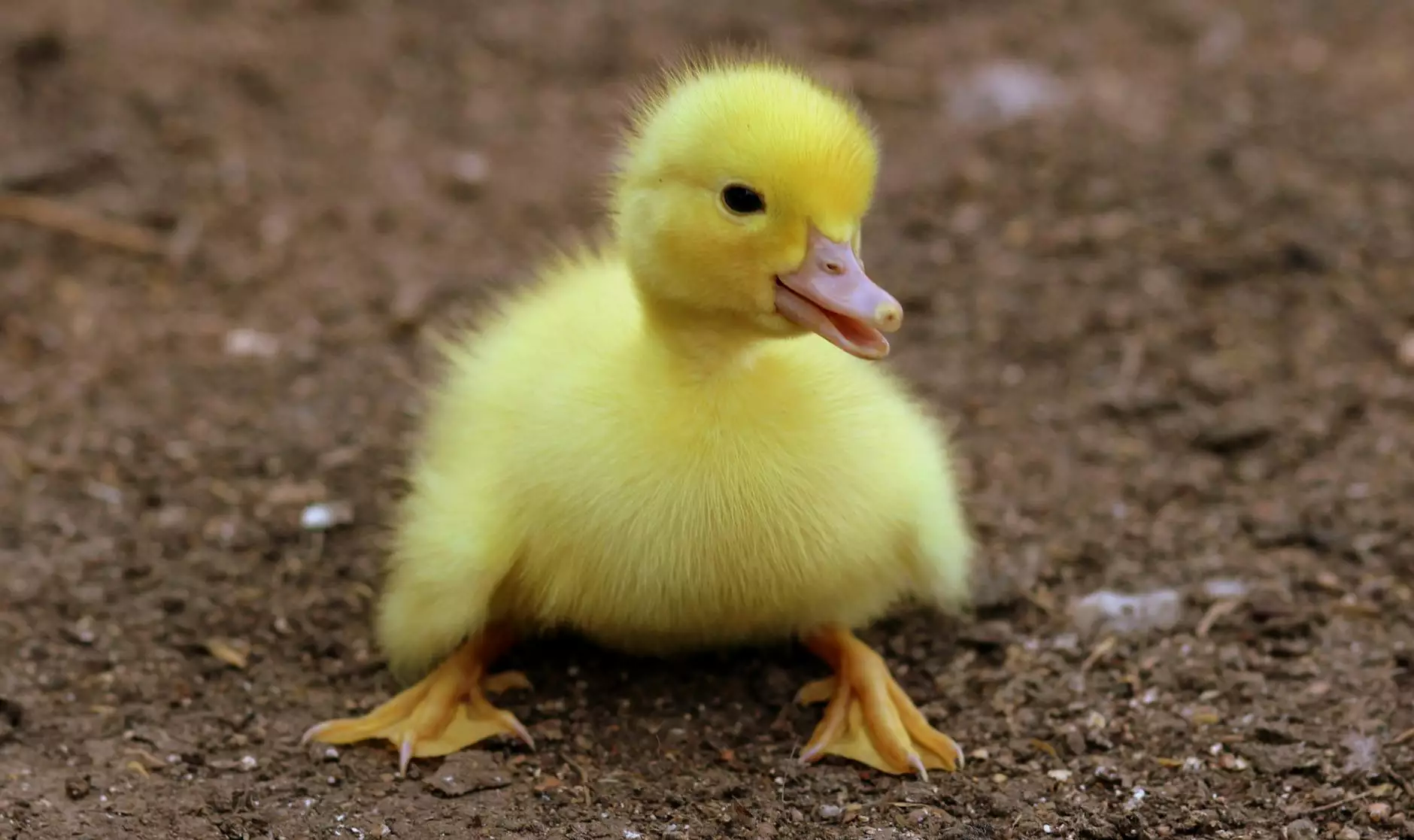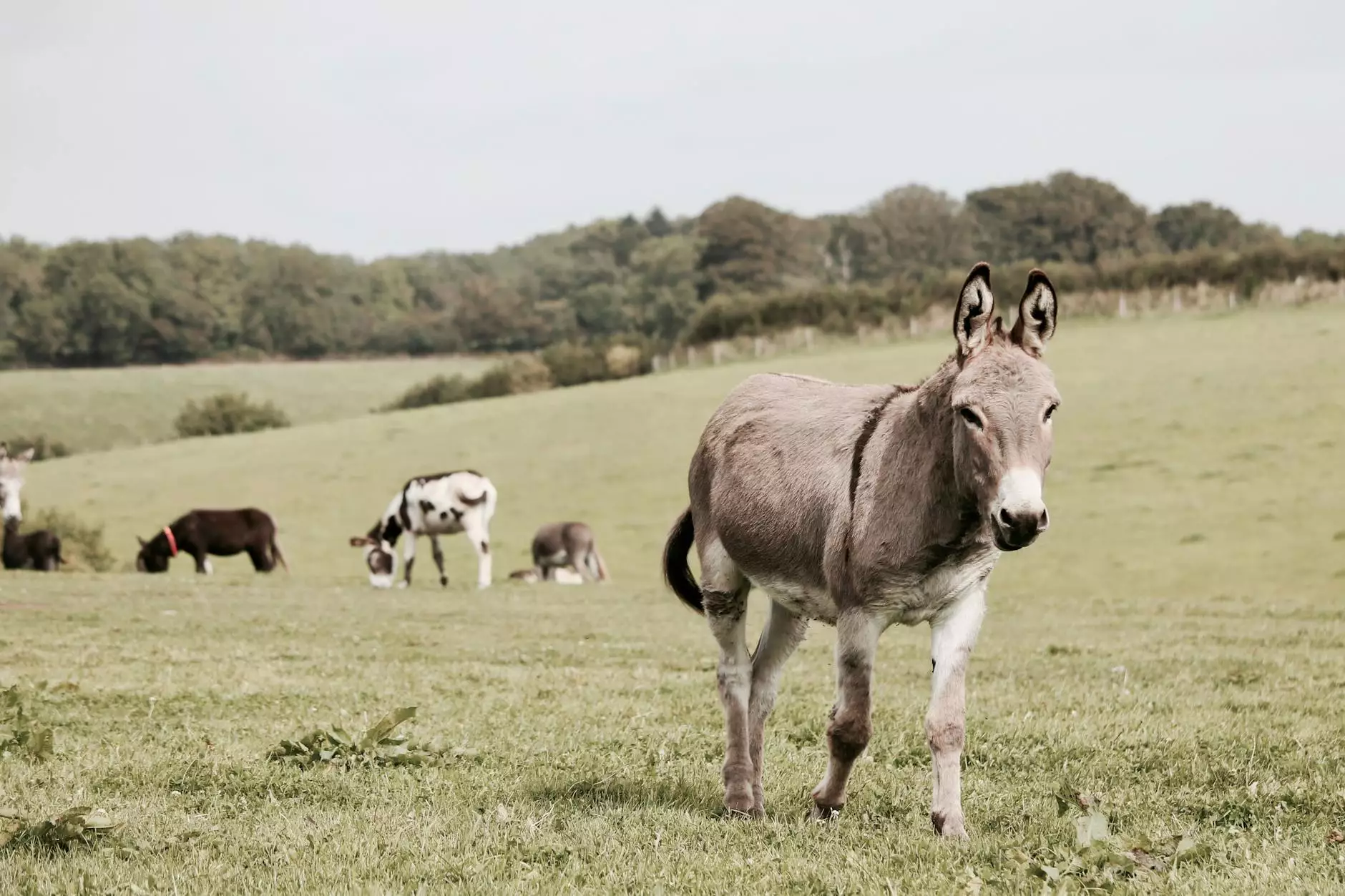The Deep Litter Method: A Comprehensive Guide for Poultry Farms
About
Introduction
Welcome to Pollen Bank's comprehensive guide on the deep litter method, a revolutionary approach to poultry farming. In this article, we will explore the benefits and implementation of the deep litter method, providing you with valuable insights to optimize your farm operations.
What is the Deep Litter Method?
The deep litter method is a sustainable and cost-effective technique for managing poultry waste and maintaining favorable conditions within the poultry houses. Traditionally, poultry farms used to utilize the conventional method of regular litter replacement. However, the deep litter method offers significant advantages, such as increased nutrient recycling, improved bird health, and reduced labor and material costs.
Advantages of the Deep Litter Method
Implementing the deep litter method within your poultry farm can lead to numerous benefits:
- Enhanced Nutrient Recycling: The deep litter system allows the organic waste to decompose and transform into valuable compost, which can be utilized as a nutrient-rich fertilizer for crops.
- Better Bird Health: The deep litter method provides a more natural environment for poultry, allowing them to exhibit their natural behaviors, such as scratching, pecking, and dust bathing. This promotes better physical and mental health, reducing the risk of diseases.
- Improved Moisture Control: The deep litter system effectively absorbs and retains moisture, helping regulate humidity levels within the poultry house. This can prevent the growth of harmful bacteria and ensure a comfortable environment for the birds.
- Reduced Waste Disposal Costs: By utilizing the deep litter method, you can significantly reduce waste management expenses as the litter can be reused and transformed into valuable compost.
Implementing the Deep Litter Method
Follow these steps to successfully implement the deep litter method in your poultry farm:
Step 1: Preparing the Poultry House
Clean the poultry house thoroughly, removing any existing litter and debris. Ensure proper ventilation and insulation to maintain optimal temperature and airflow within the poultry house.
Step 2: Spreading the Bedding Material
Spread a layer of high-quality bedding material, such as straw, wood shavings, or dried leaves, on the poultry house floor. This serves as the initial bedding layer for the deep litter system.
Step 3: Regular Maintenance
Regularly monitor and maintain the deep litter system by adding additional layers of bedding material and ensuring proper moisture management. Turn and mix the litter periodically to promote decomposition and prevent the formation of ammonia.
Step 4: Composting
After a certain period, typically several months, the deep litter reaches its maximum capacity, and it's time to compost. Remove the composted litter and transfer it to a separate composting area where it can further decompose and transform into nutrient-rich compost.
Conclusion
The deep litter method is a sustainable, cost-effective, and environmentally friendly approach to poultry farming. By implementing this method, you can enhance nutrient recycling, improve bird health, control moisture levels, and reduce waste management costs. Pollen Bank is committed to providing you with the latest insights and best practices for optimizing your poultry farm operations. Implement the deep litter method and take your poultry farming to new heights!



